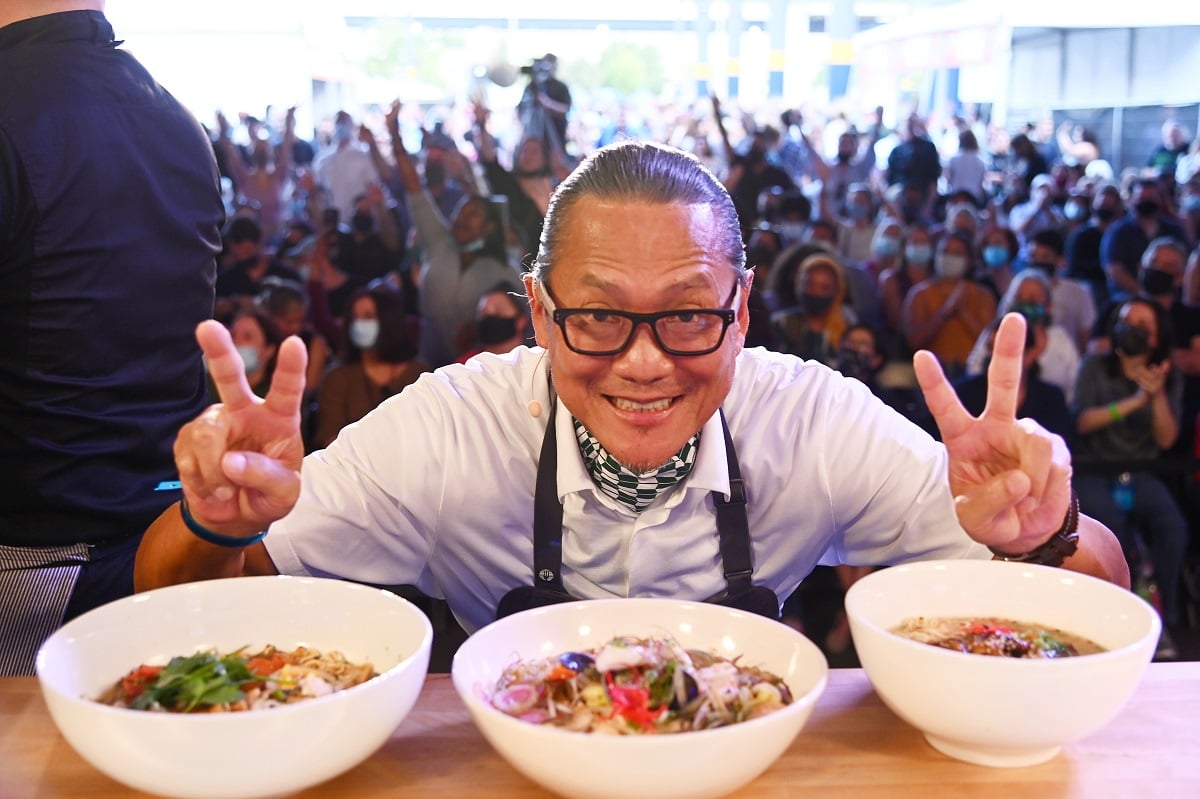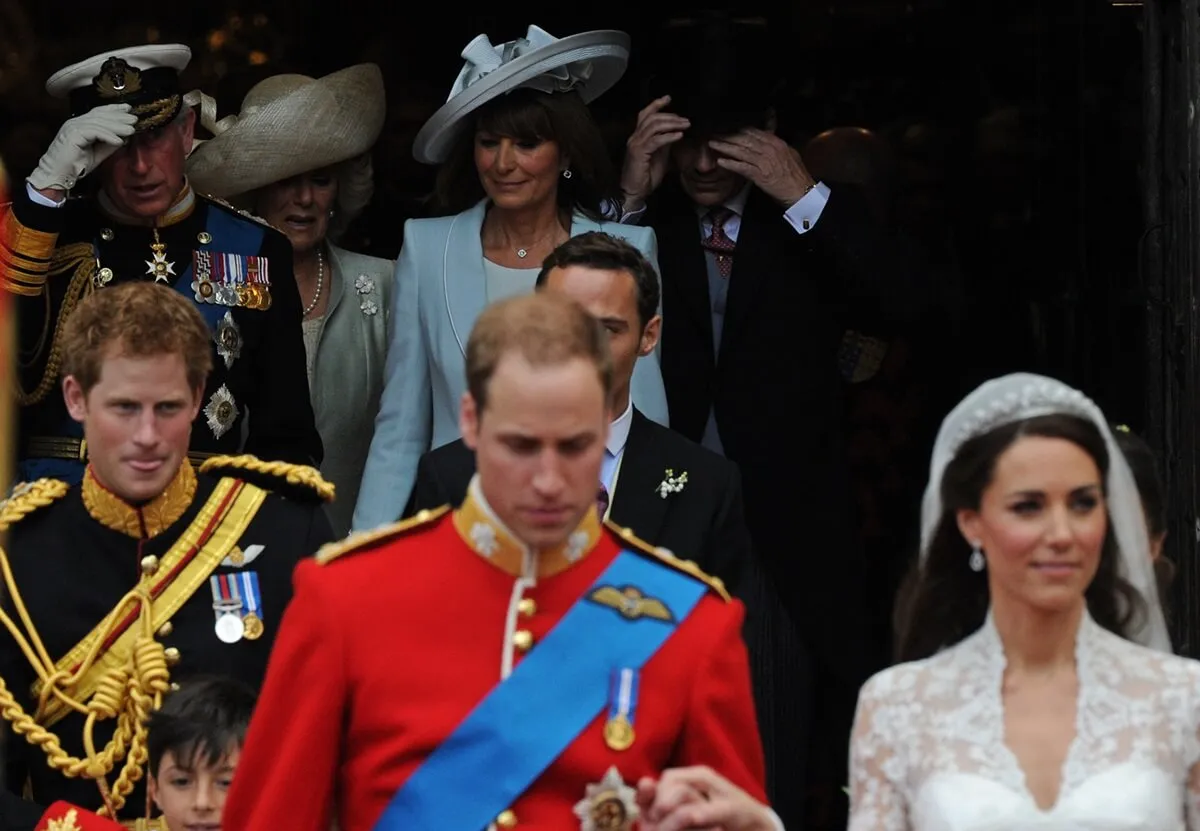
The Strange Way ‘Iron Chef’ Masaharu Morimoto Eats When He’s Not at Home
You’d think that a renowned celebrity chef like Masaharu Morimoto would be dedicated to three luxurious square meals per day. After all, his universe centers around creating delectable food for his many restaurant patrons to enjoy. If he gives so much attention to the food he’s crafting for other people to eat, surely he’s spending the same attention on his own dietary habits — right?
While he might be intentional about how food makes him feel and the ingredients he eats, the Iron Chef America alum isn’t set on following a traditional meal schedule. In fact, when he’s traveling he might not eat at all. Here’s more about the chef’s typical meals and the foods he can’t live without.
Masaharu Morimoto is a renowned master sushi chef

Morimoto grew up in Hiroshima, Japan. He moved to the United States in his 30s after running a sushi restaurant in his home city. He became the executive chef at the renowned Nobu in New York City, and later became one of the more formidable contenders on the Food Network’s Iron Chef America, which is based on a similar cooking competition that originated in Japan. Losses for Morimoto in Kitchen Stadium were extremely rare during his 10-year tenure on the American version of the show.
Morimoto opened his first stateside restaurant in 2001 in Philadelphia, and subsequently opened several more around the globe. Today, his website states he operates 19 restaurants. They’re located in Orlando, New York, Napa Valley, and elsewhere around the world in Mumbai, Tokyo, and Mexico City, to name a few. He is largely credited with popularizing sushi in the United States, according to one CBS interview. And he is synonymous with high-quality dining that celebrates Japanese and American cuisine.
The ‘Iron Chef’ icon frequently only eats one meal per day
Though the 67-year-old chef might have food at the center of his career, it doesn’t dominate his free time. When Orlando Weekly asked how the chef stays in shape, he said he frequently only eats one meal per day. This is especially true when he’s working and traveling. Typically, he’ll eat one large meal between 3 and 5 p.m. depending on his schedule. But what he lacks in frequency with his unique version of intermittent fasting, he makes up for in volume.
“I eat a lot!” Morimoto told the publication. “I eat ramen, sauteed vegetables, a little meat or fish, and rice. In my house, my wife cooks for me, but when I’m working, only one meal a day.”
And while he might offend some airlines for doing so, Morimoto rejects all food while he’s flying. “I don’t eat anything on airplanes. Even when going to Japan on a 14-hour flight. Zero. Nothing,” he said. “Because eating and drinking on the plane, it’s not so good. Wherever I fly – New York to Orlando or Napa – I have restaurants there, so when I land I can get the best food. After I eat [on a plane], the food sits in my belly and I can’t do anything. It’s not good.”
This attitude has earned him a reputation for being “mean” on airplanes for turning down any food. But the chef said it’s not the quality of the food itself, it’s just how it makes him feel.
Morimoto fills up on healthy foods when he eats
Along with whatever food he gets in his restaurants, Morimoto says he’s spoiled by his wife Keiko’s cooking. In fact, he told Orlando Weekly that she’s the most underrated chef he knows. The family often eats a vegetarian diet at home, and Keiko’s root vegetable dishes are bar none, according to her husband.
When the stress of running numerous restaurants and product lines gets to be too much, Morimoto told Haute Living that he seeks out comfort food from whatever his wife is cooking. “I crave my wife’s cooking–she always makes sure that I eat healthy. She cooks fish, tofu, curry, rice and more,” he said.
As for the world-famous chef himself, Morimoto said his favorite ingredient to cook with is perhaps the most simple: rice. “People may not consider rice to be an ingredient, but if it’s cooked at the exact right temperature for the perfect amount of time, rice can be the star of many dishes,” he said. “At all of my restaurants, we polish the rice on site to retain the moisture and serve it at its highest possible quality.”


